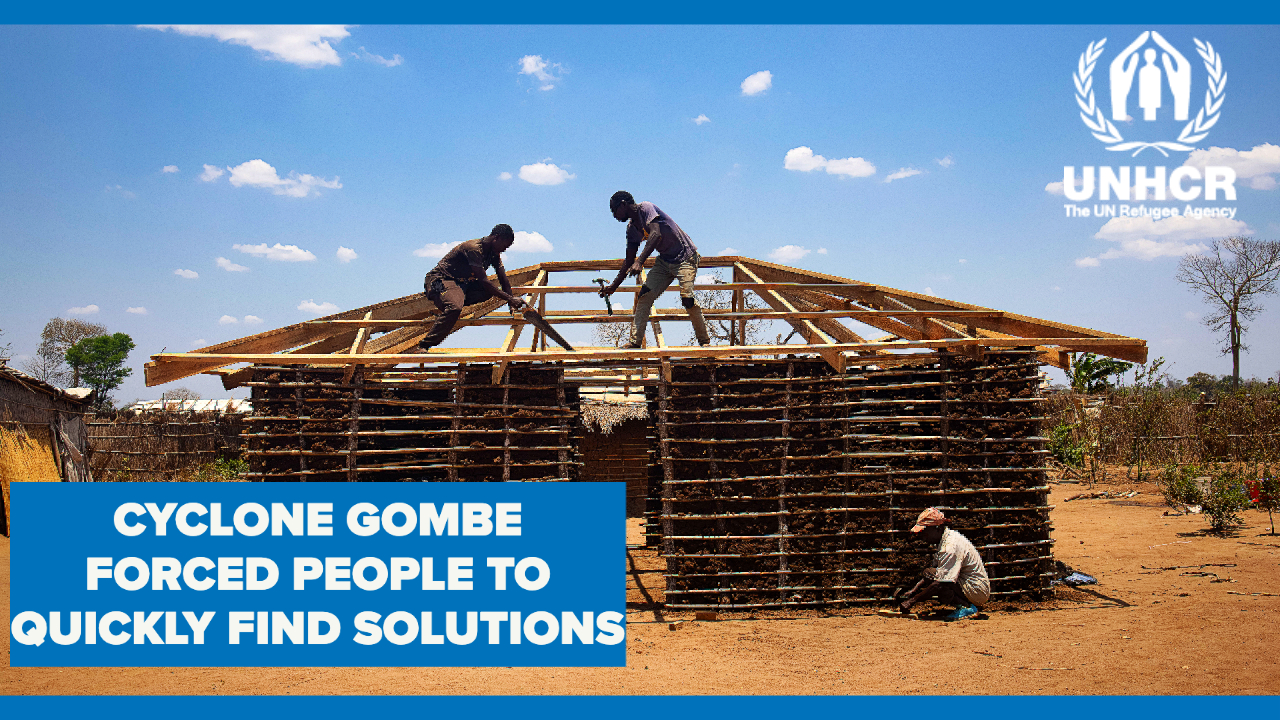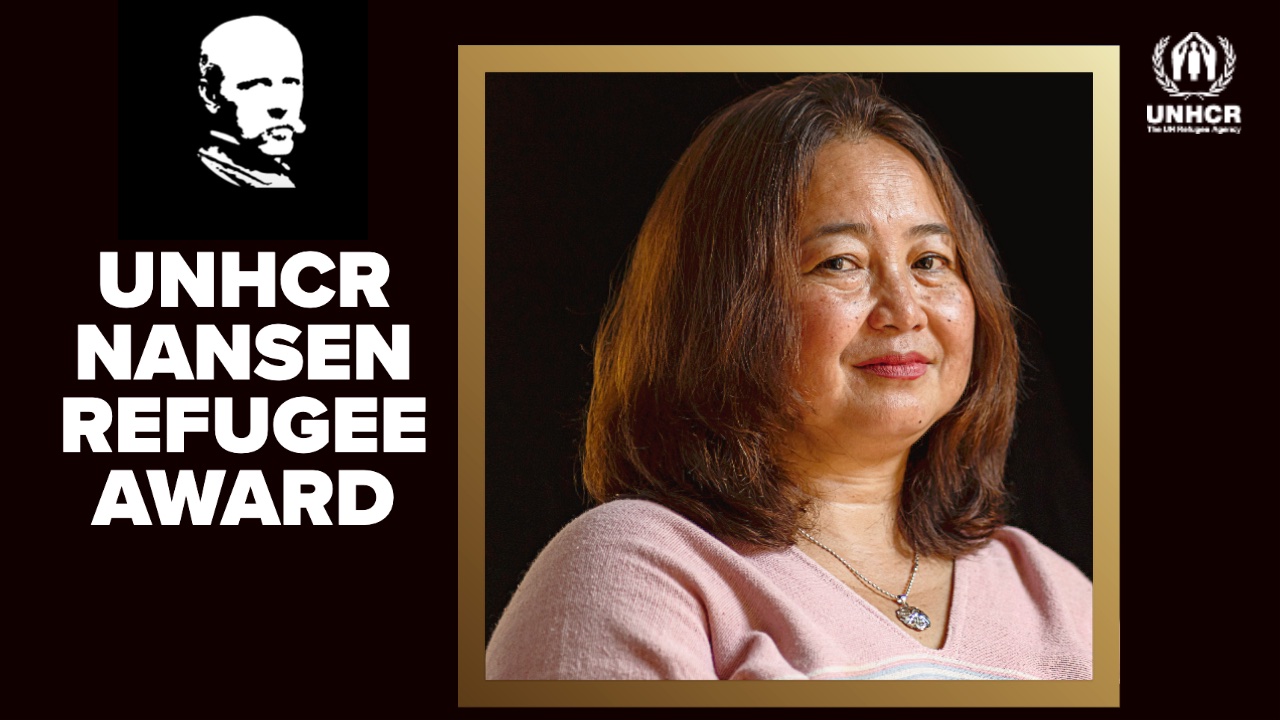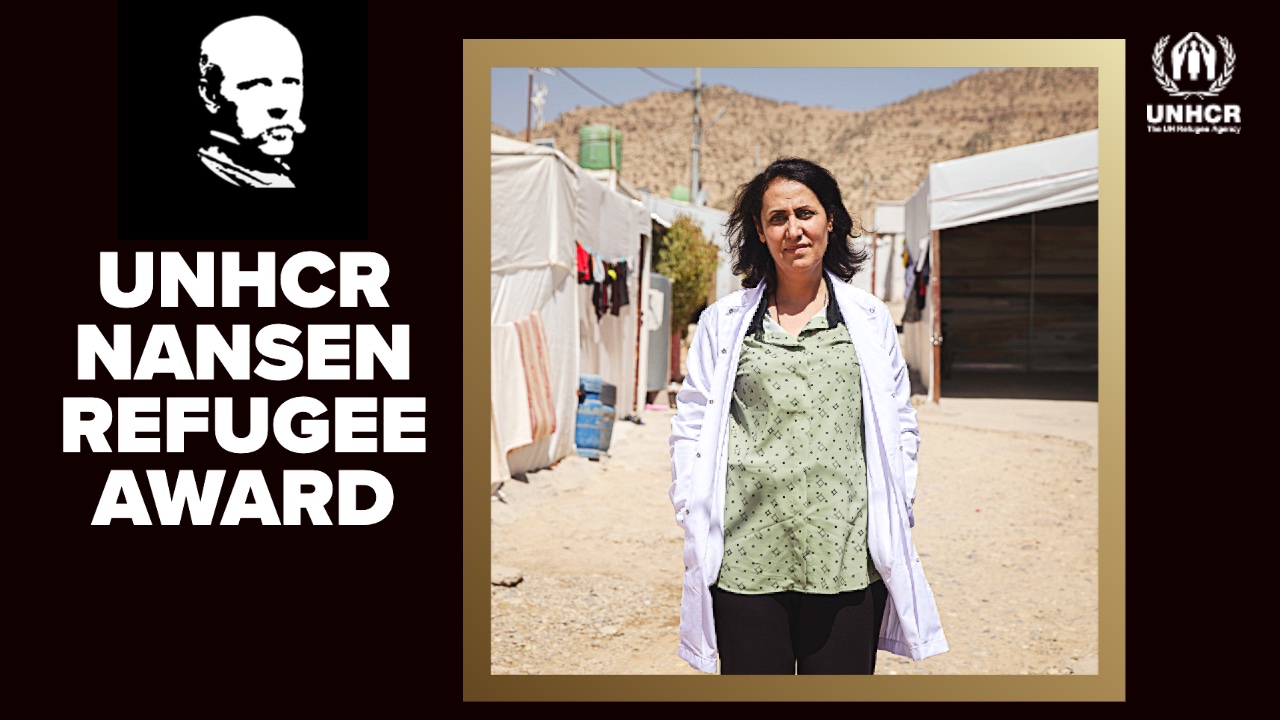Uganda's IDP camps start to close as peace takes hold
Uganda's IDP camps start to close as peace takes hold

AGWENG IDP CAMP, Uganda, 11 September (UNHCR) - The first two of 40 camps for internally displace persons in Uganda's Lango region closed on Tuesday, a milestone in the return to peace after a war that at one point had driven more than 1.8 million Ugandans from their homes.
Musa Ecweru, Uganda's Minister for Relief, Disaster Preparedness and Refugees; and Stefano Severe, the UN refugee agency representative in Kampala, joined former IDPs in symbolically closing the deserted Otwal Railway and Agweng camps - where most IDPs had already returned home - by demolishing huts and planting trees.
The closure of the 40 camps in the Lango region, which should be completed by mid-2008, is the result of the improved security situation, ongoing peace talks between the Ugandan government and the Lord's Resistance Army (LRA) and generally improved freedom of movement.
"The value of closing camps is not only to prevent hazards for the local population - empty huts are a hideout for criminals and open latrines are an environmental danger - but it is an important step to finally turn the page and close a sad chapter of the history of Uganda," said Severe.
An estimated 92 percent of some 466,000 IDPs in the Lango region at the height of the displacement in 2005 have returned. The camps in the Lango region were established between 2002 and 2004.
The situation is different in the Acholi region where, out of some 1.1 million IDPs in 2005, more than 63 percent remain in the camps. However, with the continuation of peace talks and continually improving security, UNHCR expects to see more IDPs return to their homes.
By 2005 there were 242 camps hosting 1,842,500 IDPs who had been forced from their homes by the war between the LRA and Ugandan Government forces. As of the end of June 2007, 539,550 IDPs had returned to their homes and some 916,000 IDPs remain in the camps. Another 381,000 moved to the new sites closer to their homes.
UNHCR is the lead UN agency for camp management in Uganda. The camp closure will include tearing down empty huts, filling in pit latrines and levelling the land. Where needed, a mine action team will assess the area. The budget for the camp phase-out activities is $5,000 per camp, with a total cost for the scheduled closure of the first 40 camps at US$200,000.
Some IDP sites formed around major trading centres and will continue to have a significant number of inhabitants. UNHCR intends to transform all residual IDP sites into viable communities, with Camp Phase-out Committees identifying these former camps and advising how to proceed. This will cost $18,000 per camp and so far three are scheduled for such transformation.
UNHCR will carry out environmental rehabilitation and environmental education in consultation with the host community and local authorities. Subject to the availability of funds, support for re-establishing market facilities, rehabilitating roads, health and education facilities, tree planting, support of livelihoods and other activity will also be implemented.
By Roberta Russo in Agweng IDP Camp, Uganda









